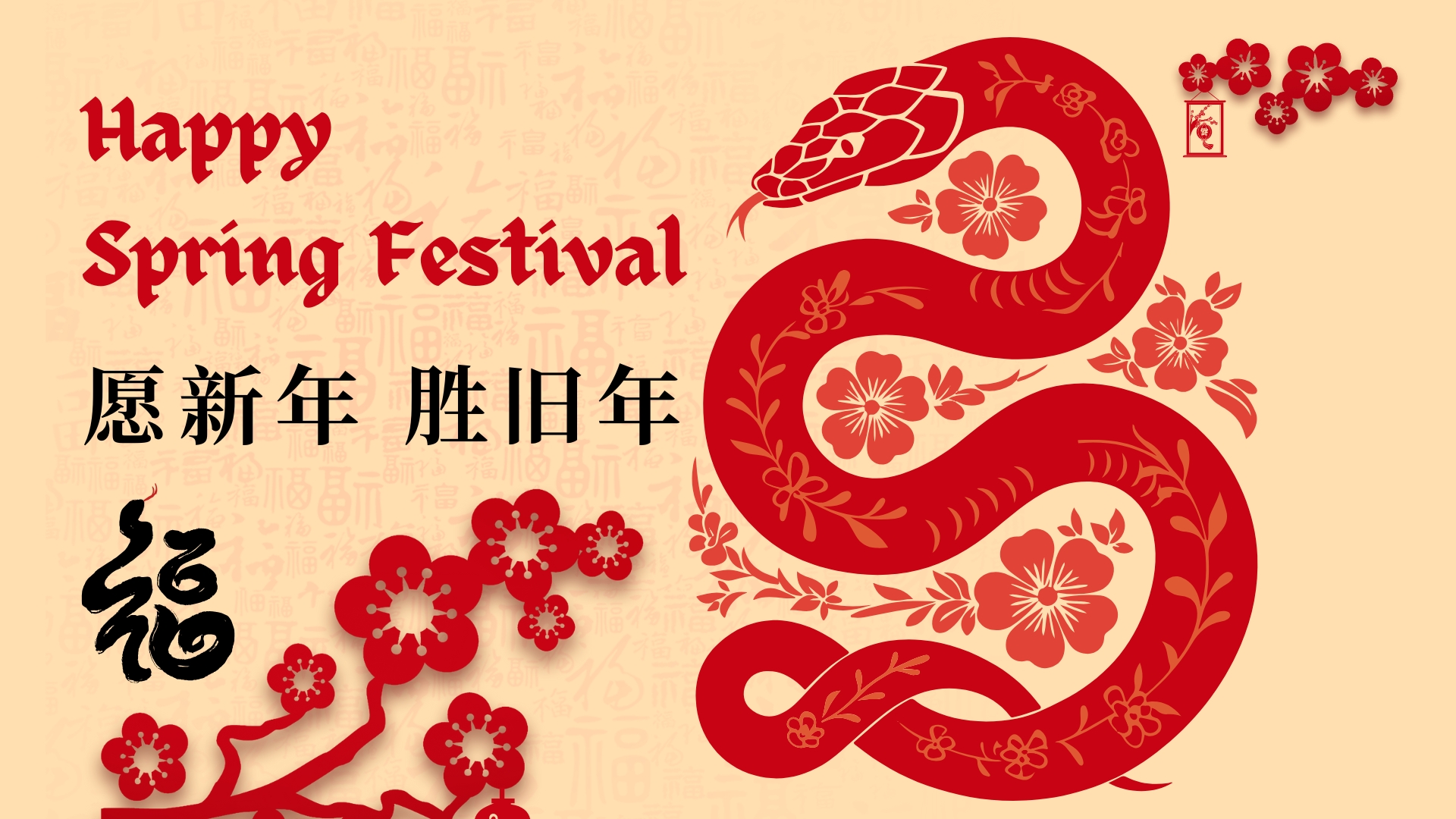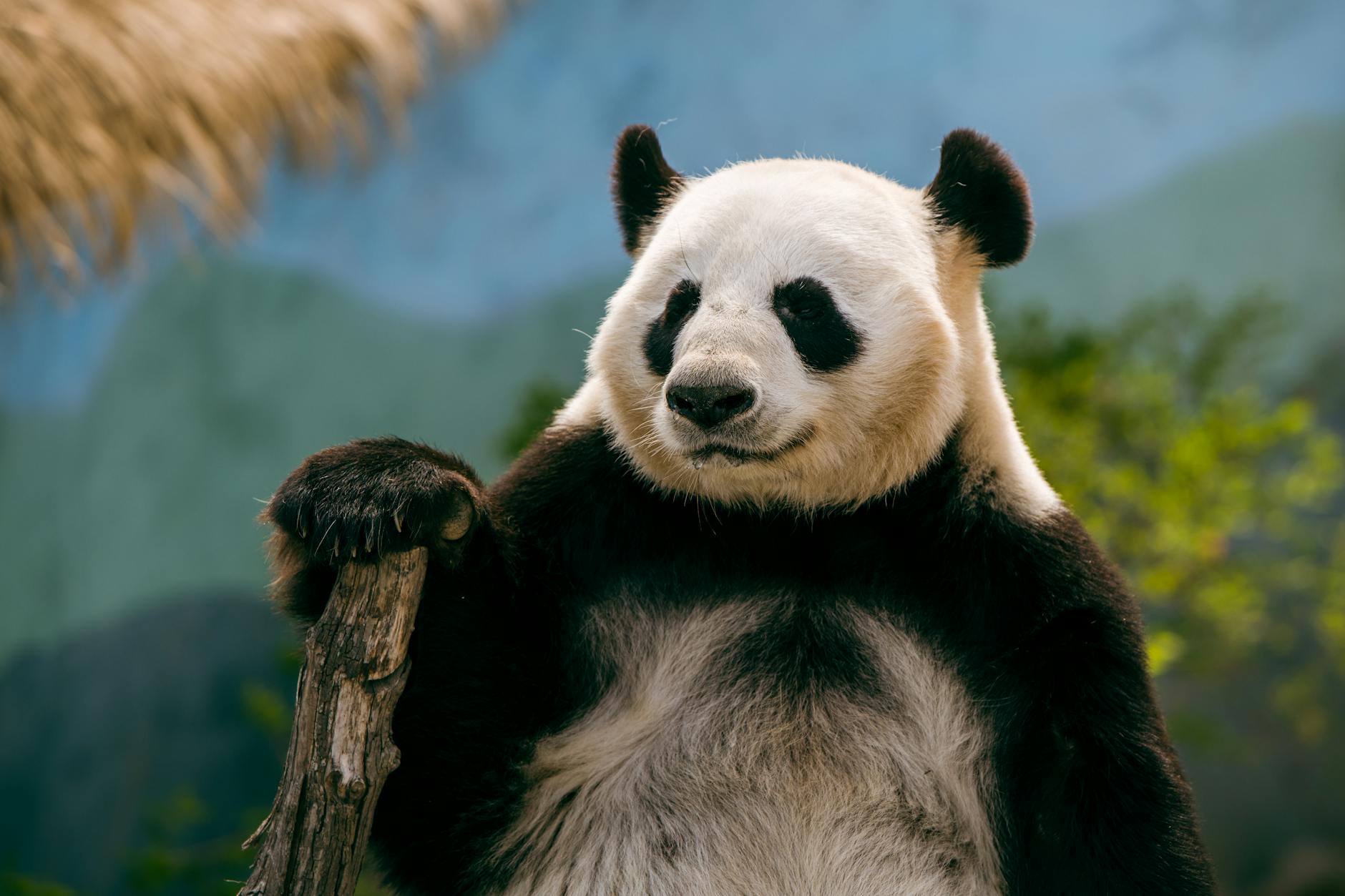Chinese New Year, also known as Spring Festival or Lunar New Year, is the most important and festive holiday in China. It marks the beginning of the lunar calendar and is a time for family reunions, cultural traditions, and joyful celebrations. Here’s a comprehensive introduction to Chinese New Year and a list of its most cherished traditions:
What is Chinese New Year?
- Timing: Chinese New Year falls on a different date each year, usually between January 21 and February 20, depending on the lunar calendar.
- Duration: The celebrations last for 15 days, culminating in the Lantern Festival.
- Zodiac Animals: Each year is associated with one of the 12 Chinese zodiac animals. For example, 2024 is the Year of the Dragon.
- Cultural Significance: The festival symbolizes renewal, good fortune, and the hope for a prosperous year ahead.
This year, we will celebrate Chinese New Year Eve on Jan 28, and the New Year’s Day on Jan 29, 2025.
Traditions of Chinese New Year
1. Family Reunions
- Importance: Chinese New Year is a time for families to come together, no matter how far apart they are.
- Reunion Dinner: On New Year’s Eve, families gather for a lavish feast called Nian Ye Fan. Dishes like fish (symbolizing abundance), dumplings (representing wealth), and rice cakes (for prosperity) are served.
2. Red Decorations
- Red Color: Red symbolizes luck and happiness in Chinese culture. Homes and streets are adorned with red lanterns, couplets, and paper cuttings.
- Fu Character: The character 福 (fú), meaning “good fortune,” is often displayed upside down to symbolize the arrival of luck.
3. Fireworks and Firecrackers
- Purpose: Fireworks and firecrackers are believed to scare away evil spirits and bad luck.
- Midnight Celebrations: At midnight on New Year’s Eve, the sky lights up with spectacular fireworks displays.
4. Giving Red Envelopes (Hongbao)
- Tradition: Elders give red envelopes filled with money (hongbao or lai see) to children and unmarried adults as a symbol of good luck and blessings.
- Digital Hongbao: Nowadays, digital red envelopes are also popular, sent via apps like WeChat.
5. Lion and Dragon Dances
- Performances: Lion and dragon dances are performed in streets and public spaces to bring good luck and ward off evil spirits.
- Symbolism: The lion represents courage, while the dragon symbolizes power and strength.
6. Cleaning and Decluttering
- Pre-New Year Cleaning: Homes are thoroughly cleaned before New Year’s Day to sweep away bad luck and make room for good fortune.
- No Cleaning on New Year’s Day: Cleaning on the first day of the New Year is avoided, as it’s believed to sweep away good luck.
7. Wearing New Clothes
- Symbolism: Wearing new clothes, especially in red, symbolizes a fresh start and good fortune for the coming year.
8. Visiting Temples
- Prayers and Offerings: Many people visit temples to pray for blessings, good health, and prosperity in the New Year.
- First Incense: Lighting the first incense of the year is considered especially auspicious.
9. Exchanging Gifts
- Common Gifts: Popular gifts include fruits, sweets, tea, and alcohol. Avoid giving clocks, scissors, or anything in sets of four, as they are associated with bad luck.
- Symbolic Gifts: Oranges and tangerines are often given because their names sound like “wealth” and “luck” in Chinese.
10. Watching the Spring Festival Gala
- TV Tradition: The Spring Festival Gala is a must-watch TV show on New Year’s Eve, featuring music, dance, comedy, and drama performances.
- Family Activity: Families gather to watch the gala together while enjoying snacks and chatting.
11. Lantern Festival
- Final Celebration: The 15th day of the New Year marks the Lantern Festival, where people light and release lanterns, solve riddles, and eat sweet glutinous rice balls (tangyuan).
Fun Facts About Chinese New Year
- Longest Holiday: Chinese New Year is the longest public holiday in China, with most people getting at least a week off.
- World’s Largest Human Migration: The holiday triggers the Chunyun travel rush, with billions of trips made as people return home to celebrate.
- Global Celebrations: Chinese New Year is celebrated worldwide, with parades, festivals, and events in cities like New York, London, and Sydney.
How Foreigners Can Celebrate Chinese New Year
- Join Local Festivities: Attend parades, temple fairs, or cultural events in your area.
- Learn a Few Phrases: Greet friends with “Xīn Nián Kuài Lè” (Happy New Year) or “Gōng Xǐ Fā Cái” (Wishing you prosperity).
- Cook Traditional Food: Try making dumplings, spring rolls, or rice cakes at home.
- Wear Red: Embrace the festive spirit by wearing red clothing or accessories.
Chinese New Year is a vibrant and meaningful celebration that brings people together to honor traditions, share joy, and welcome a new beginning. Whether you’re in China or abroad, joining in the festivities is a wonderful way to experience Chinese culture and connect with others.
Xīn Nián Kuài Lè! (Happy New Year!) 🧧🎉










